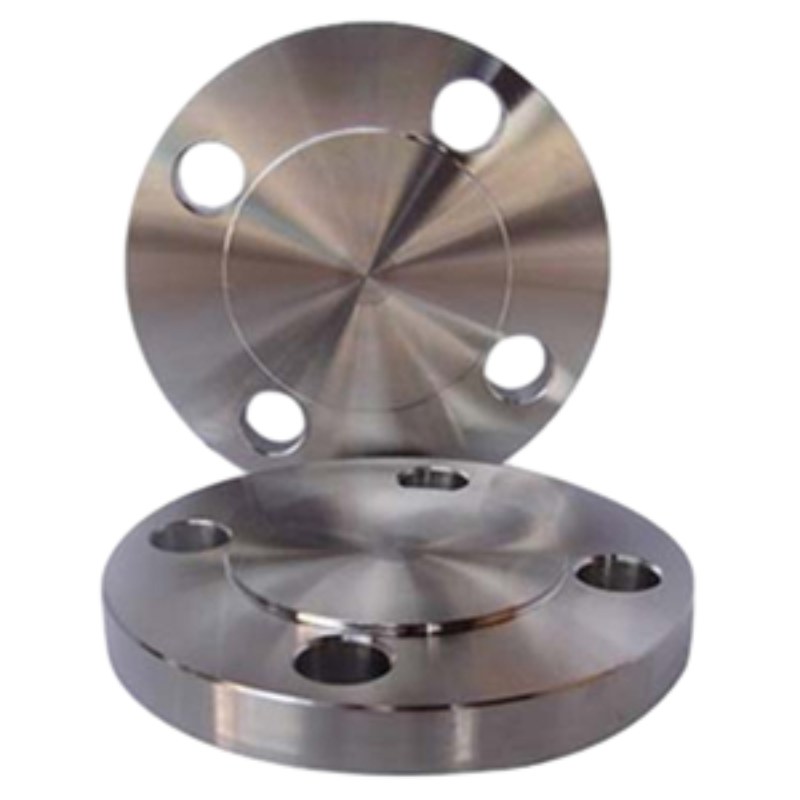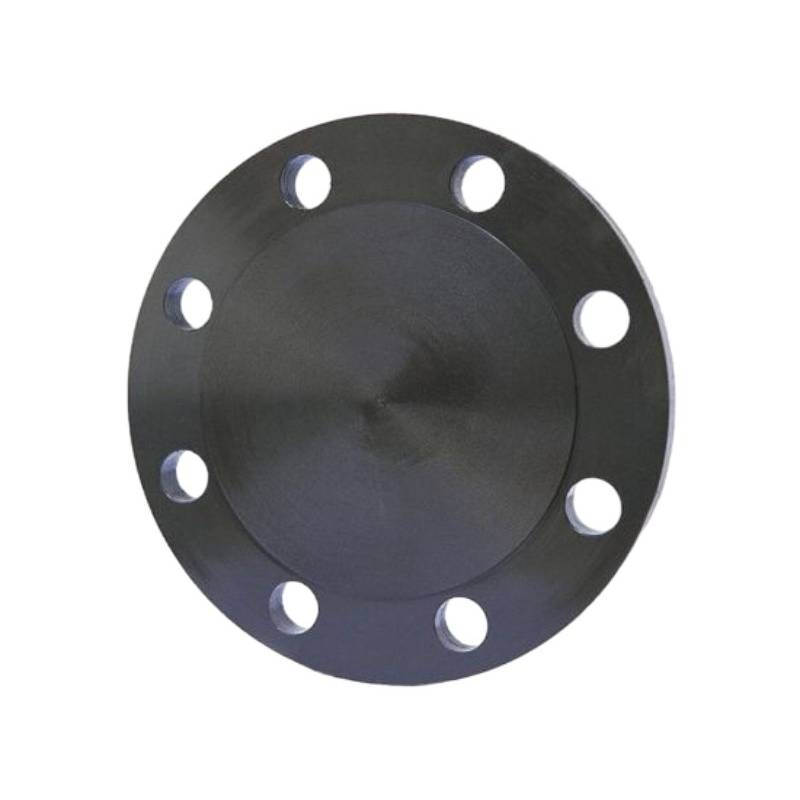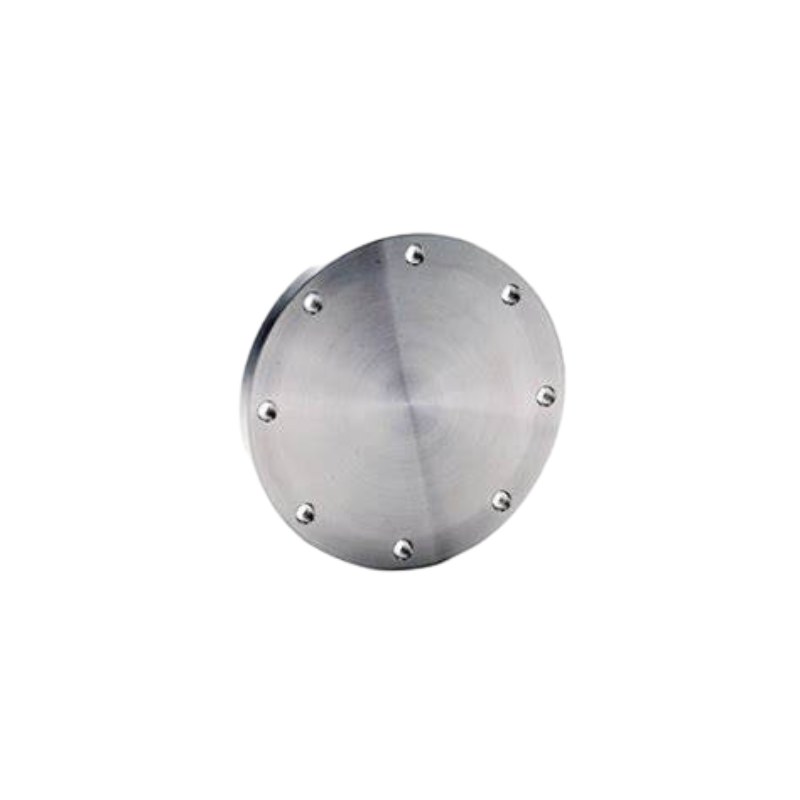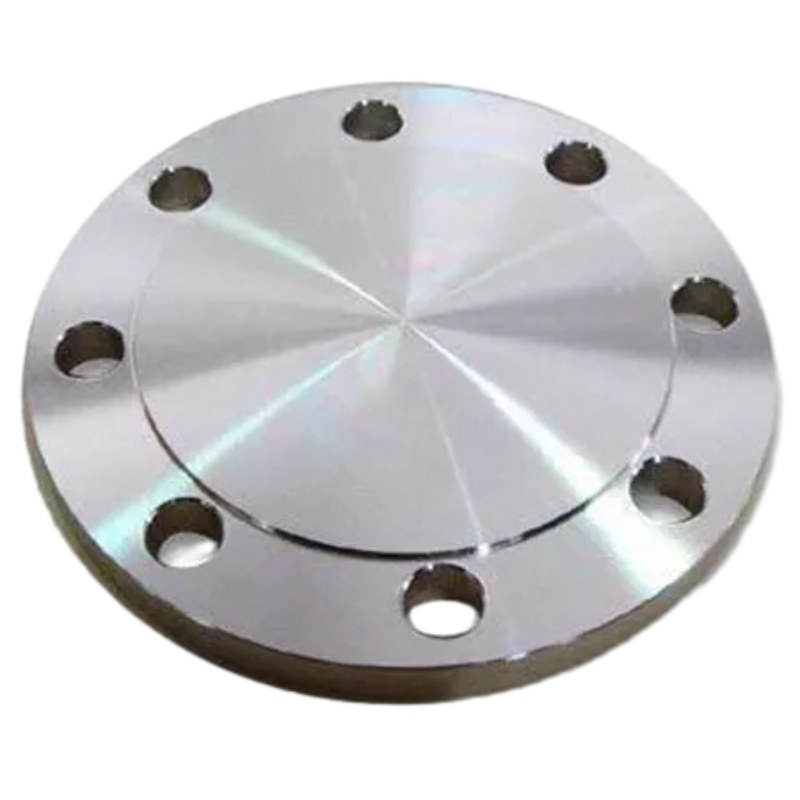-
Robust Design: GOST 12836-67 Dig muag Flange nta ib lub tiaj tiaj, ncig lub phaj nrog sib npaug sib npaug ntawm qhov ntsia hlau qhov nyob ib puag ncig. Qhov kev tsim no tso cai rau kom yooj yim sib dhos thiab bolting rau mating flange, muab cov kev daws teeb meem zoo thiab ruaj khov rau cov kav dej.
-
Kev ruaj ntseg sealing: Thaum ntsia ntawm qhov kawg ntawm cov yeeb nkab, lub ntsej muag tiaj tus ntawm GOST 12836-67 Qhov muag tsis pom Flange tsim lub foob kaw ntom nti, tiv thaiv cov dej xau thiab tswj kev ncaj ncees ntawm cov kav dej. Qhov kev ruaj ntseg sealing muaj peev xwm ua kom pom kev ua haujlwm zoo thiab kev nyab xeeb, txawm tias nyob rau hauv kev ua haujlwm hnyav.
-
Kev siv ntau yam: Los ntawm cov roj thiab roj refineries mus rau cov tshuaj ua cov nroj tsuag thiab dej faib tes hauj lwm, GOST 12836-67 dig muag Flanges nrhiav tau ntau yam daim ntawv thov nyob rau hauv ntau hom kev lag luam. Txawm hais tias siv rau kev sib cais, kev sim siab, lossis kev kaw ib ntus, cov flanges no muaj kev ntseeg siab thiab ua haujlwm ntev hauv cov kav dej tseem ceeb.
-
Kev tsim kho ruaj khov: Tsim los ntawm cov ntaub ntawv zoo xws li carbon steel, stainless hlau, los yog hlau alloy, GOST 12836-67 Dig muag Flanges qhia tshwj xeeb lub zog thiab kav ntev. Lawv raug tsim los tiv thaiv kev ua haujlwm hnyav, nrog rau qhov chaw corrosive, qhov kub thiab txias, thiab kev kub siab, ua kom muaj kev ua haujlwm ntev thiab kev ntseeg tau.
-
Precision Engineering: GOST 12836-67 Qhov muag tsis pom Flanges tau dhau los ua qhov tseeb machining thiab cov txheej txheem engineering kom ua tau raws li qhov ntsuas nruj nruj thiab qhov yuav tsum tau ua tiav. Qhov kev ua tau zoo no ua kom muaj kev sib raug zoo thiab kev sib hloov nrog lwm cov qauv flanges, ua kom yooj yim rau kev sib koom ua ke rau hauv cov kav dej thiab txo qhov kev pheej hmoo ntawm kev xau lossis kev ua tsis tiav.
-
Yooj yim ntawm installation: Txhim kho GOST 12836-67 Qhov muag tsis pom Flanges yog qhov ua tau zoo thiab ncaj ncees, yuav tsum tau yooj yim sib dhos thiab bolting rau cov yeeb nkab kawg. Lawv qhov ntev thiab kev tsim qauv pab txhawb kev sib koom ua ke yooj yim rau hauv cov kav dej uas twb muaj lawm, txo lub sijhawm teeb tsa thiab cov nqi zog.
Cov yam ntxwv tseem ceeb:
- Cov qauv tsim muaj kev ruaj ntseg kaw
- Kev ruaj ntseg sealing nrog lub ntsej muag tiaj tus tsim
- Kev siv ntau yam thoob plaws kev lag luam
- Kev tsim kho ruaj khov rau kev ua haujlwm ntev
- Precision engineering rau nruj kam rau ua
- Yooj yim ntawm installation nrog yooj yim sib dhos thiab bolting
Material Selection for GOST 12836-67 Blind Flanges: What You Need to Know
When it comes to GOST 12836-67 blind flanges, selecting the appropriate material is crucial for ensuring functionality, safety, and longevity in various applications. GOST standards, established by the Euro-Asian Council for Standardization, Metrology and Certification, guide the specification of materials to maintain the integrity of piping systems.
Key Considerations for Material Selection:
1. Corrosion Resistance: One of the primary factors in choosing a material for GOST blind flanges is its ability to resist corrosion. Stainless steel (such as 304, and 316) is a popular choice due to its excellent resistance to oxidizing environments. For applications involving aggressive chemicals, alloys like Inconel or Monel are often considered.
2. Pressure and Temperature Rating: GOST blind flanges need to be rated for the specific pressure and temperature conditions they will face. Material selection must align with the service conditions to avoid failure. For high-pressure applications, carbon steel flanges can be suitable, provided they are properly treated or coated.
3. Weldability and Machinability: Depending on installation requirements, the selected material should offer appropriate weldability and machinability. If modifications or on-site fabrication are necessary, choosing materials that can be easily welded is essential.
4. Standards Compliance: Ensure that the materials selected comply with all relevant GOST standards. This not only guarantees quality but also maintains compatibility within the piping system.
5. Cost-effectiveness: While material selection should prioritize performance and safety, cost considerations also play a significant role, especially in large-scale projects. Finding a balance between budget and quality is essential.
Differences Between GOST 12836-67 Blind Flange and Other Flange Standards
When comparing the GOST 12836-67 blind flange with other flange standards, several key differences emerge that reflect the unique characteristics and applications of the Russian standard. The GOST (Gosudarstvennyy Standart) system is a set of regulations and guidelines that govern various industrial products, including blind flanges, which are used to seal off piping systems.
One of the primary differences lies in the dimension and pressure rating classifications. GOST 12836-67 blind flanges are specifically designed according to Russian specifications, with dimensions that may differ significantly from those outlined in ANSI, ASME, or ISO standards. For instance, while ANSI/ASME flanges are typically categorized into nominal pipe sizes (NPS) and pressure classes, GOST flanges feature a unique set of sizes and pressure ratings, making it essential for engineers to select the appropriate type based on regional standards.
Another notable difference is the material composition. The GOST standard emphasizes the use of specific materials that are suited for the harsh Russian climate and industrial requirements. While common materials such as carbon steel and stainless steel are also used in other standards, GOST may specify additional material grades to accommodate unique environmental challenges, including extreme temperatures and corrosive conditions.
Additionally, the manufacturing and testing processes for GOST 12836-67 blind flanges are subject to local industry regulations, which might include stricter quality assurance protocols compared to other international standards. This ensures that the flanges not only meet dimensional specifications but also effectively withstand the pressures and temperatures expected in typical applications within Russia.
In summary, while GOST 12836-67 blind flanges share similarities with other flange standards, their unique dimensions, material requirements, and quality assurance processes set them apart. Understanding these differences is crucial for engineers and designers when selecting flanges for specific applications in diverse geographical locations.


















